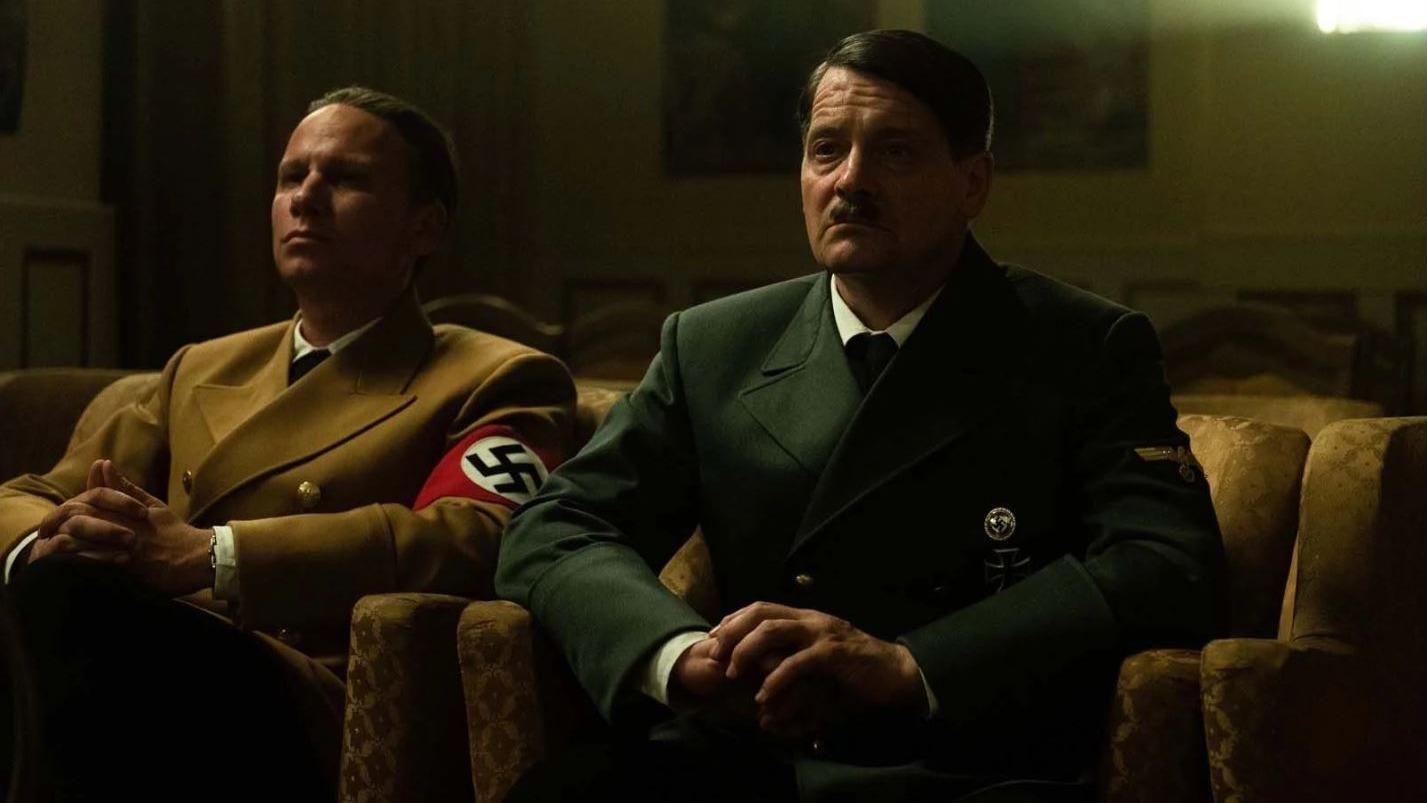
Lang’s Hesitation and Motivations: A Journey into Goebbels’ Propaganda
In an interview, renowned filmmaker Lang candidly revealed his initial hesitations in venturing into a film about Goebbels, the infamous Nazi propaganda minister. He felt a sense of inadequacy, believing that he lacked the maturity to adequately portray such a complex and sinister figure. However, Lang’s perspective shifted when he realized Goebbels’ profound role in shaping the myth of Hitler.
Goebbels, as Lang discerningly observed, was the architect of the Hitler cult, skillfully manipulating images and narratives to elevate the Führer to godlike status. Recognizing this manipulative power, Lang resolved to craft a film that would not merely recount historical events but would interrogate the very nature of propaganda.
The Interplay of Reality and Fiction: Deconstructing Goebbels’ Distortions
Lang’s film employed a unique blend of authentic historical footage and fictionalized scenes, creating a thought-provoking interplay between the two. The documentary footage, meticulously culled from Goebbels’ own propaganda machine, served as a raw and unfiltered glimpse into the Nazi worldview.
However, Lang refused to present these images uncritically. Instead, he juxtaposed them with carefully crafted fictional scenes, inviting viewers to question the veracity of the propaganda. By exposing the intentional distortions and omissions in Goebbels’ visual narratives, Lang sought to shatter the façade of the Nazi myth.
The Role of Commentary and Analysis: Unraveling the Propaganda Web
Lang understood that simply displaying Goebbels’ propaganda was insufficient to truly expose its insidious nature. Without proper context and analysis, viewers could potentially become unwitting pawns in Goebbels’ game. To counter this risk, Lang employed narration and expert commentary to deconstruct the propaganda, highlighting its manipulative techniques and debunking its false claims.
By beginning the film in a screening room, Lang symbolically placed the audience in the role of passive recipients of Nazi propaganda. This deliberate choice forced viewers to confront their own complicity in the dissemination and perpetuation of such dangerous ideologies.
German Cinema’s Reckoning with History: Redemption Through Confrontation
Lang’s film emerged as part of a broader trend in German cinema, a renewed commitment to confronting the nation’s dark past. In the wake of the horrors of the Second World War, German filmmakers felt a profound responsibility to engage with this traumatic chapter in their history, to grapple with the depths of evil and to seek a path towards redemption.
This cinematic reckoning was not merely an act of historical documentation but also a form of catharsis and self-examination. Through the medium of film, German artists sought to confront their own collective guilt and to prevent the repetition of such atrocities in the future.
Conclusion: A Powerful and Unflinching Exploration of Propaganda and Its Perils
Lang’s film stands as a powerful and unflinching examination of the insidious power of propaganda. By skillfully blending reality and fiction, and through the use of expert commentary and analysis, he unveiled the manipulative techniques employed by Goebbels to create the myth of Hitler. In doing so, Lang not only shed light on a dark chapter in history but also delivered a timeless warning about the dangers of unchecked propaganda and the importance of critical thinking and media literacy.
